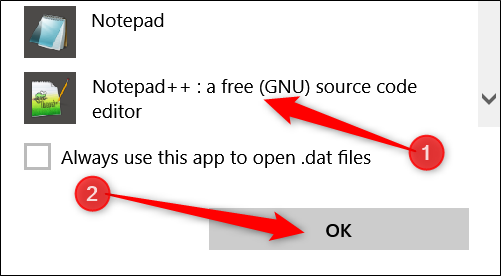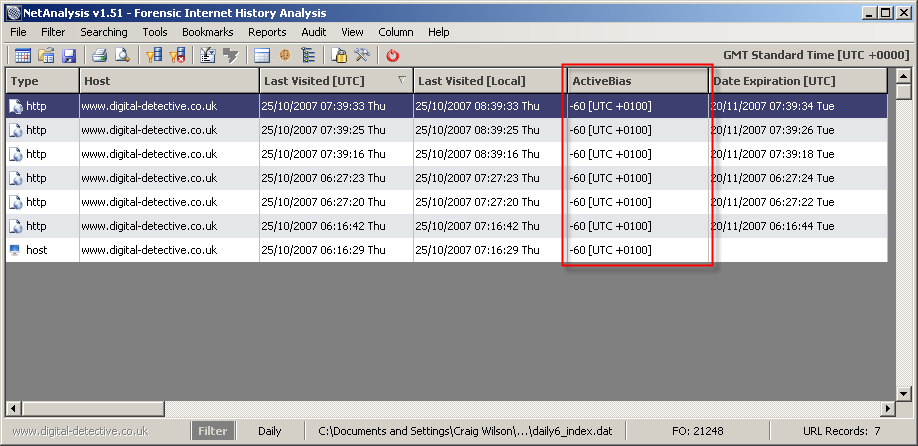

Index.dat file reader to restore full#
The following procedure is designed to minimize the backup storage space, and can be used to do a full and differential backup. This effectively overwrites the restored truncate.chk. Create a copy of chaser.chk and call it truncate.chk.Copy all files to the desired location.Restoring a database on running instance is not possible and, in most cases, will lead to data corruption. Ensure the EventStoreDB process is stopped.Copy the chunk files ( chunk-X.Y) to your backup location.įor example, with a database in data and index in data/index:.Copy the database checkpoint files ( *.chk) to your backup location.Copy the other index files to your backup location (the rest of, excluding the checkpoints).Copy any index checkpoint files ( \**\*.chk) to your backup location.However, if they are on different volumes, take first a snapshot of the volume containing the index\ directory and then a snapshot of the volume containing the db\ directory. If the db\ and index\ directories are on the same volume, a snapshot of that volume is enough. the checkpoints files, *.chk ( chaser.chk, epoch.chk, proposal.chk, truncate.chk, writer.chk).the chunks files, named chk-X.Y where X is the chunk number and Y the version.The exact name and location are dependent on your configuration. # Database Files Informationīy default, there are two directories containing data that needs to be included in the backup: When you restore a node that was the backup source, perform a full backup after recovery. It means, for example, in the event non-recoverable three nodes cluster, that the same backup source can be used to restore a completely new three nodes cluster.


You can restore any number of nodes in a cluster from the same backup source. The restore process can happen on any node of a cluster. The restore must happen on a stopped node. When either running a backup or restoring, do not mix backup files of different nodes. Read-only replica nodes may be used as backup source. However, ensure that the node chosen as a target for the backup is:įor additional safety, you can also backup at least a quorum of nodes.ĭo not back up a node at the same time as running a scavenge operation. # Considerations for backup and restore proceduresīacking up one node is recommended. Differential backup: when the DB size is large or the system has a high append frequency.Simple full backup: when the DB size is small and the frequency of appends is low.If your infrastructure is virtualized, disk snapshots is an option and the easiest to perform backup and restore operations. There are two main ways to perform backups: # Disk Snapshotting Considerations for backup and restore proceduresīacking up an EventStoreDB database is straightforward but relies on carrying out the steps below in the correct order.


 0 kommentar(er)
0 kommentar(er)
